Tangzu Fudu Verse 2 – Wood, Brass, and some Midrange Magic
* Gorgeous, unique build with natural wood and brass that will age well
* Excellent unboxing experience and accessories for the price
* Lush, natural, vocal-focused tuning
*Comfortable fit despite the solid materials
Cons: .
* Not a basshead set, low-end lovers may find it too restrained
* Soundstage leans more intimate than expansive
* Not a basshead set, low-end lovers may find it too restrained
* Soundstage leans more intimate than expansive
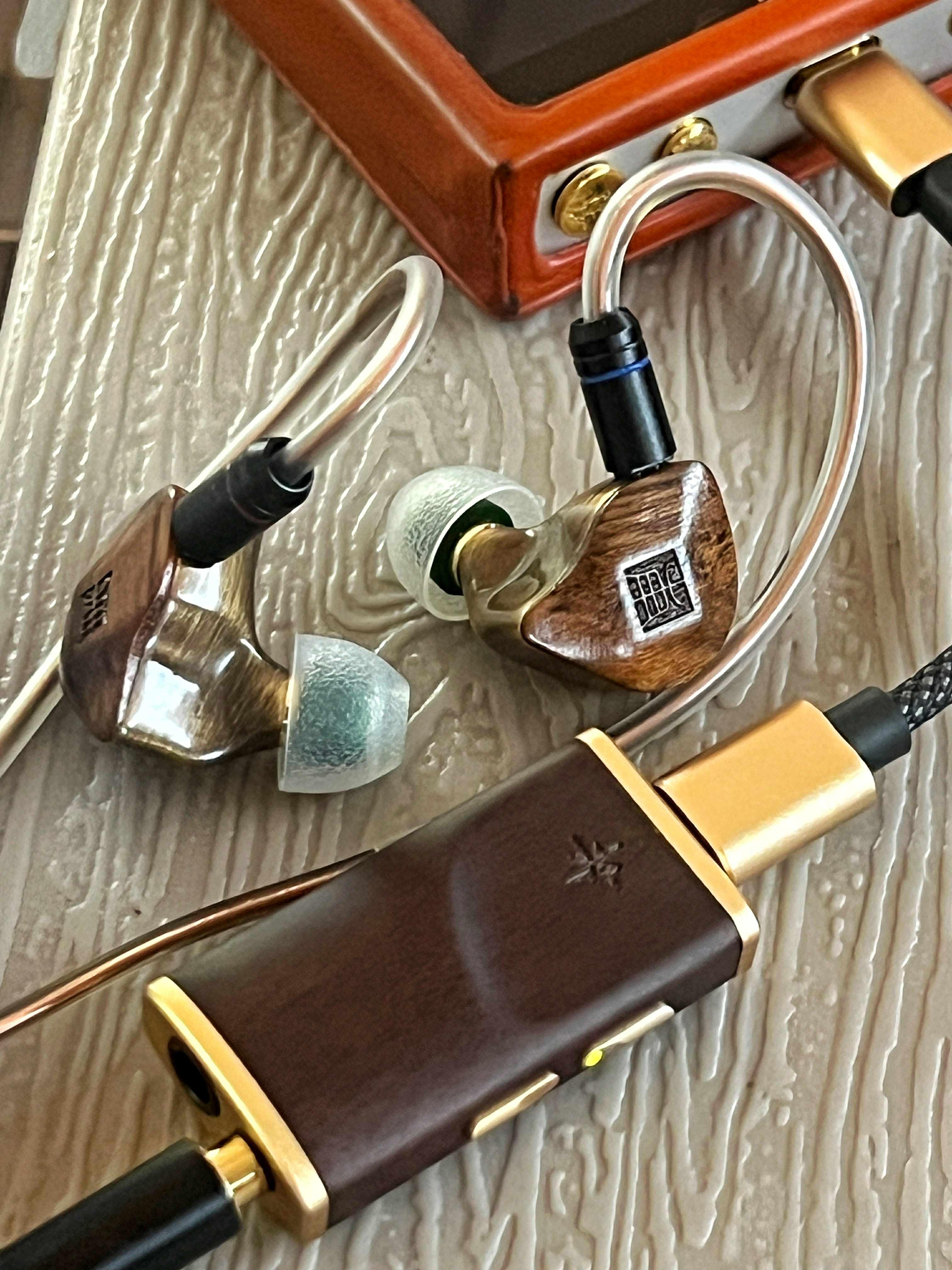
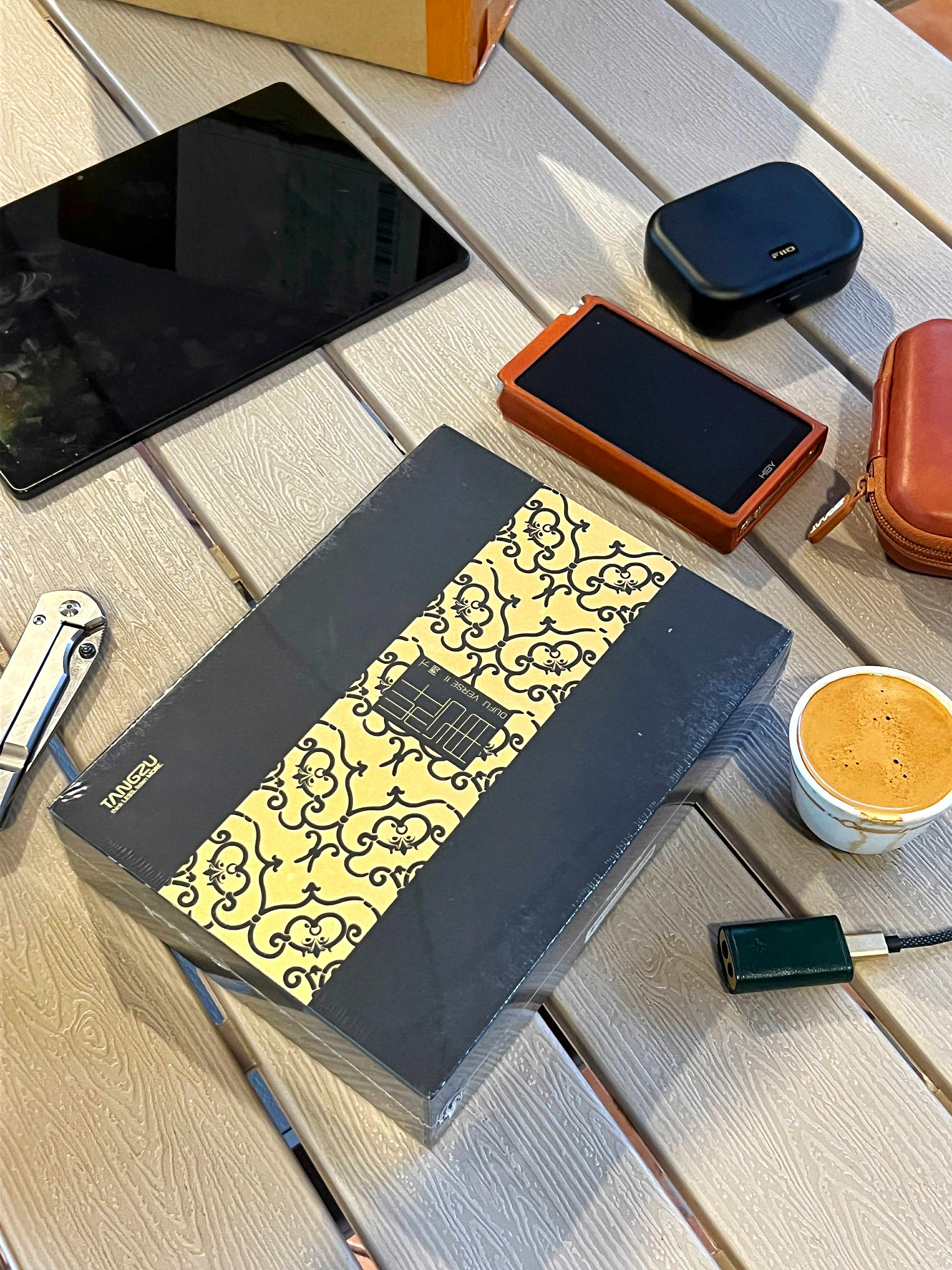
The Tangzu Fudu Verse 2 makes quite the first impression. For something that sits below the $100 mark, the box is surprisingly large almost to the point where you second-guess the price tag. Open it up and you quickly realize Tangzu didn’t just want to sell you an IEM, they wanted to sell you an experience. The presentation has this “premium-but-still-fun” vibe, like the kind of unboxing you’d expect from gear triple the price.
Checkout my short unboxing video of the Tangzu Fudu Verse 2
Tangzu has always leaned heavy on the packaging side of things. They know first impressions matter, and the Verse 2 keeps that streak going. You don’t just get the earphones tossed in with a cable and a token set of tips. Instead, it feels deliberate: the layout, the way the accessories are arranged, the sheer number of ear tips included it all feels curated rather than just thrown together. For someone new to the hobby, this kind of unboxing sets the tone, and for seasoned listeners, it still feels like you’re getting spoiled for under a hundred bucks.
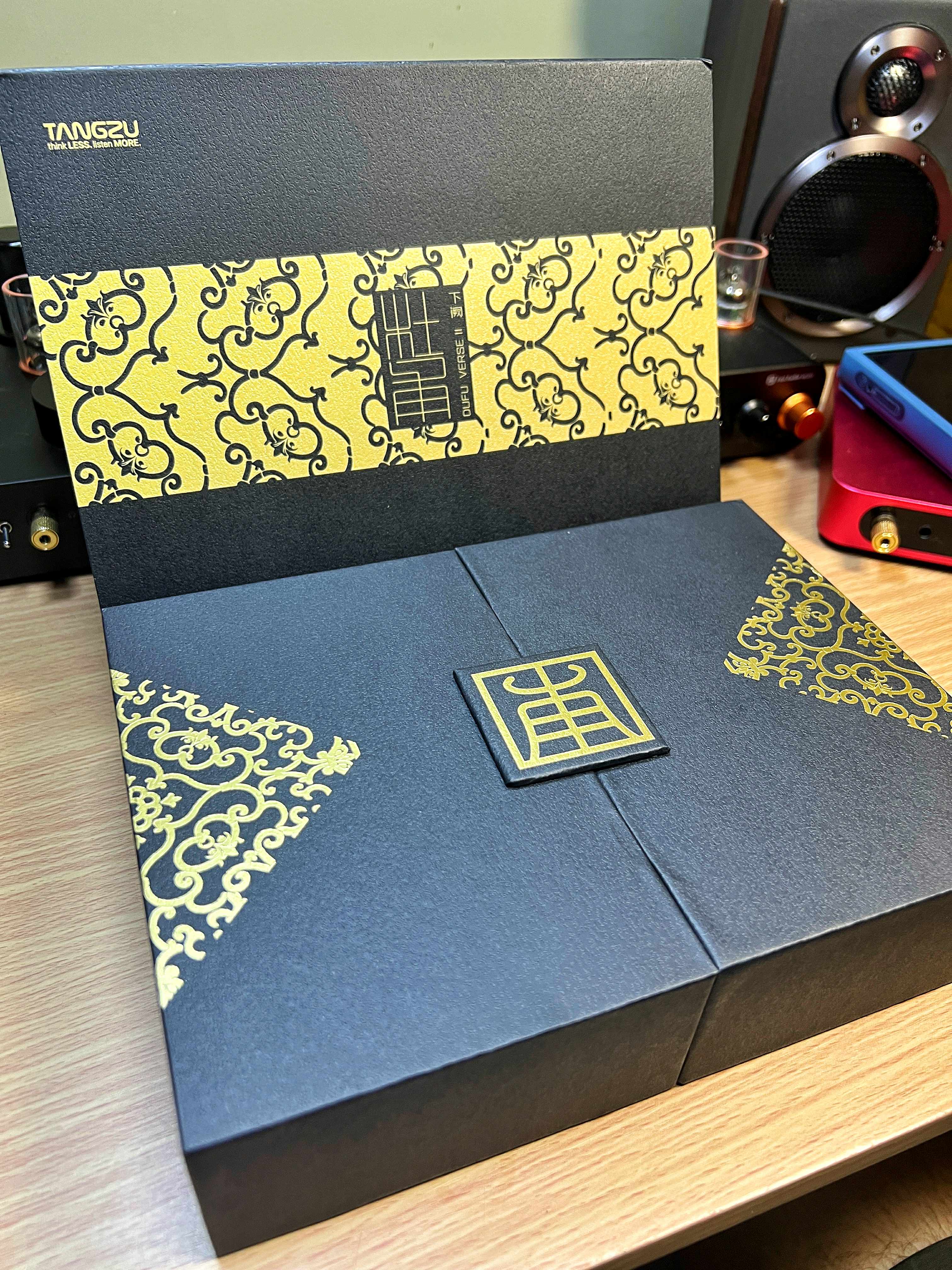
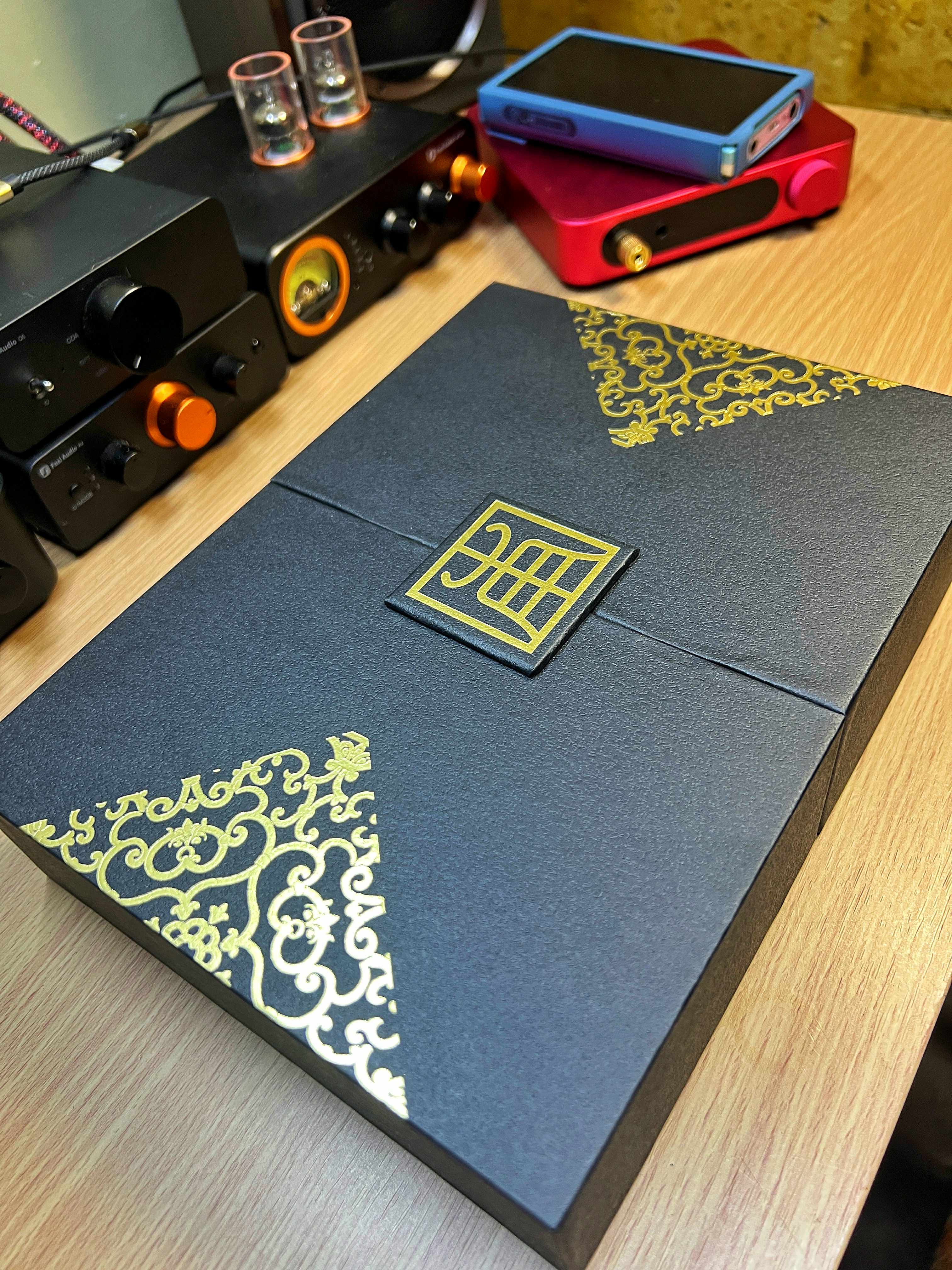
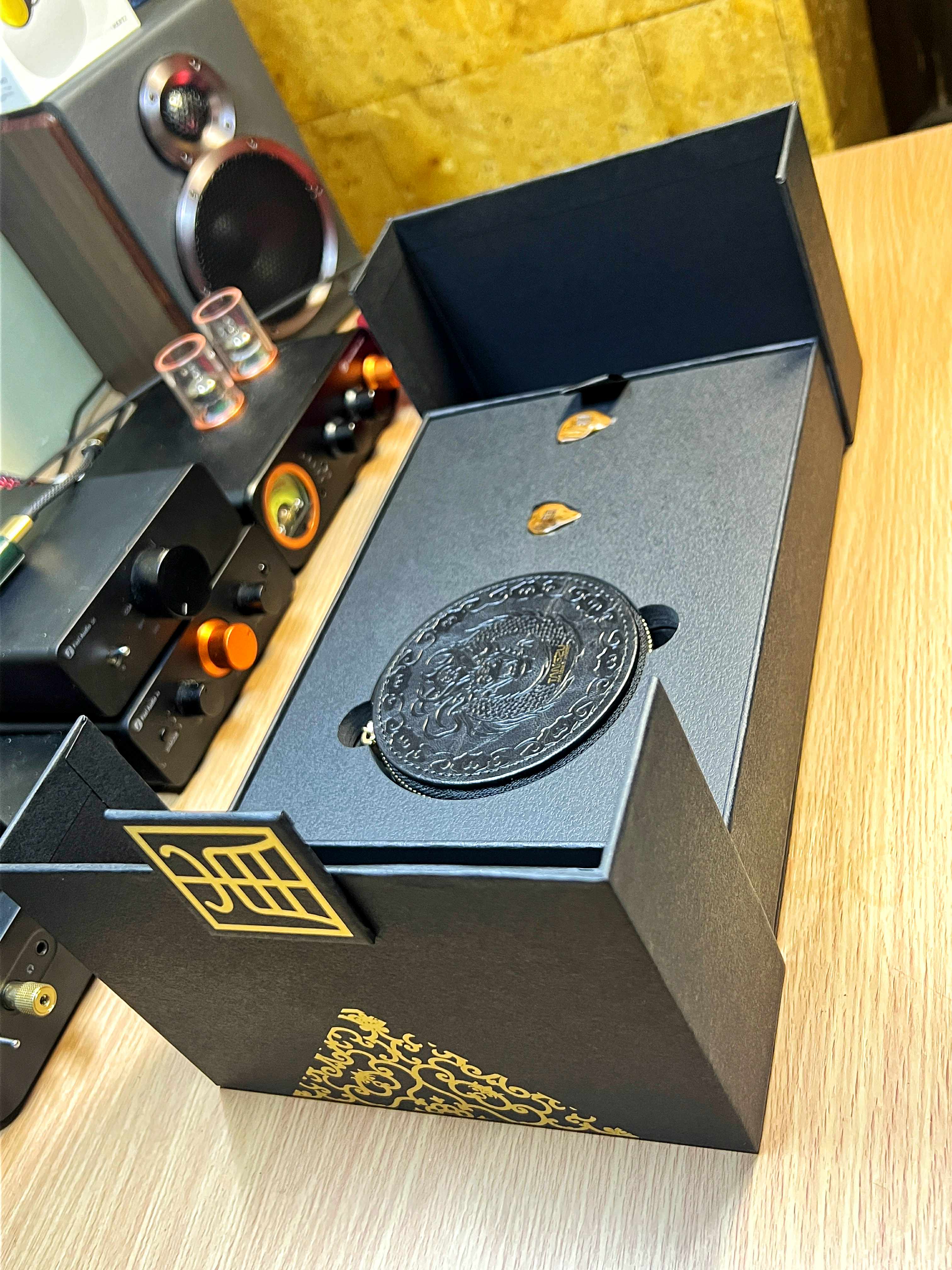
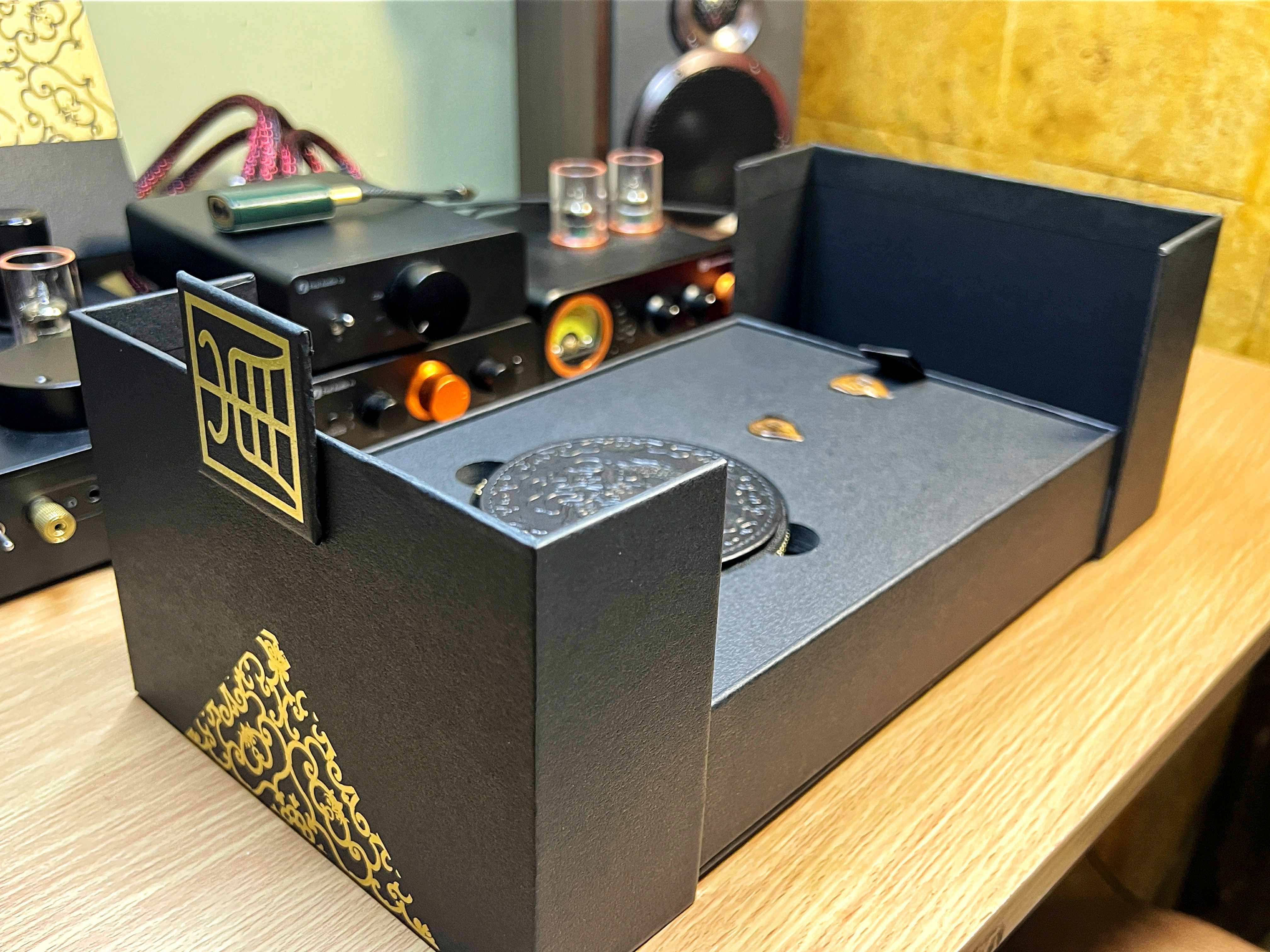
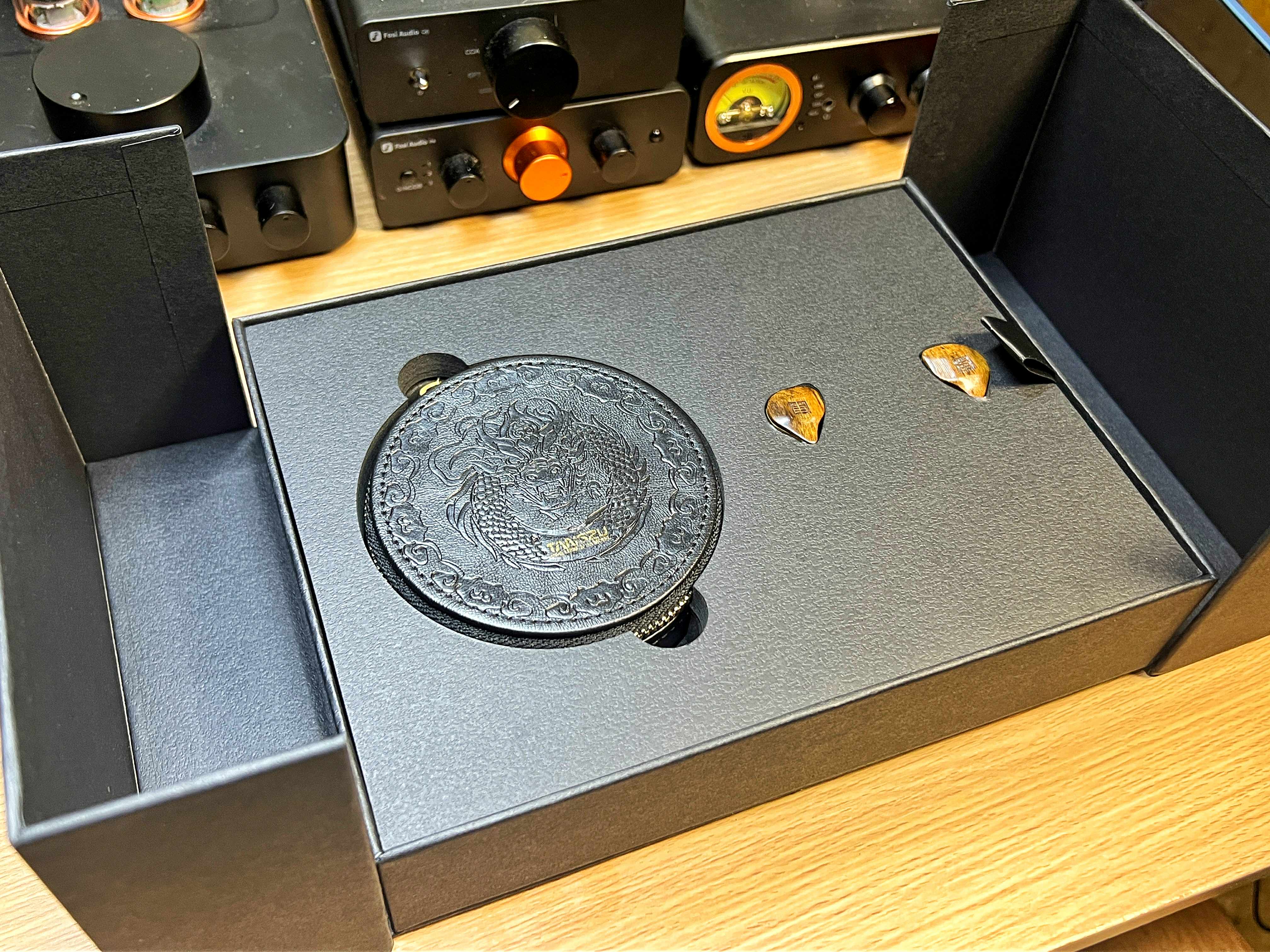
Tangzu also goes the extra mile with the ear tips. You don’t just get a random handful of silicone tips tossed in you get their Tang Sancai tips, which are already well-regarded on their own. They give you multiple sizes and styles, so you can really fine-tune the fit and even slightly tweak the sound to your preference. For someone new to the hobby, this is a big deal because it saves you the hassle (and cost) of immediately tip-rolling just to make the IEMs usable. For more experienced listeners, it’s nice to see a brand include tips that people would actually buy separately.
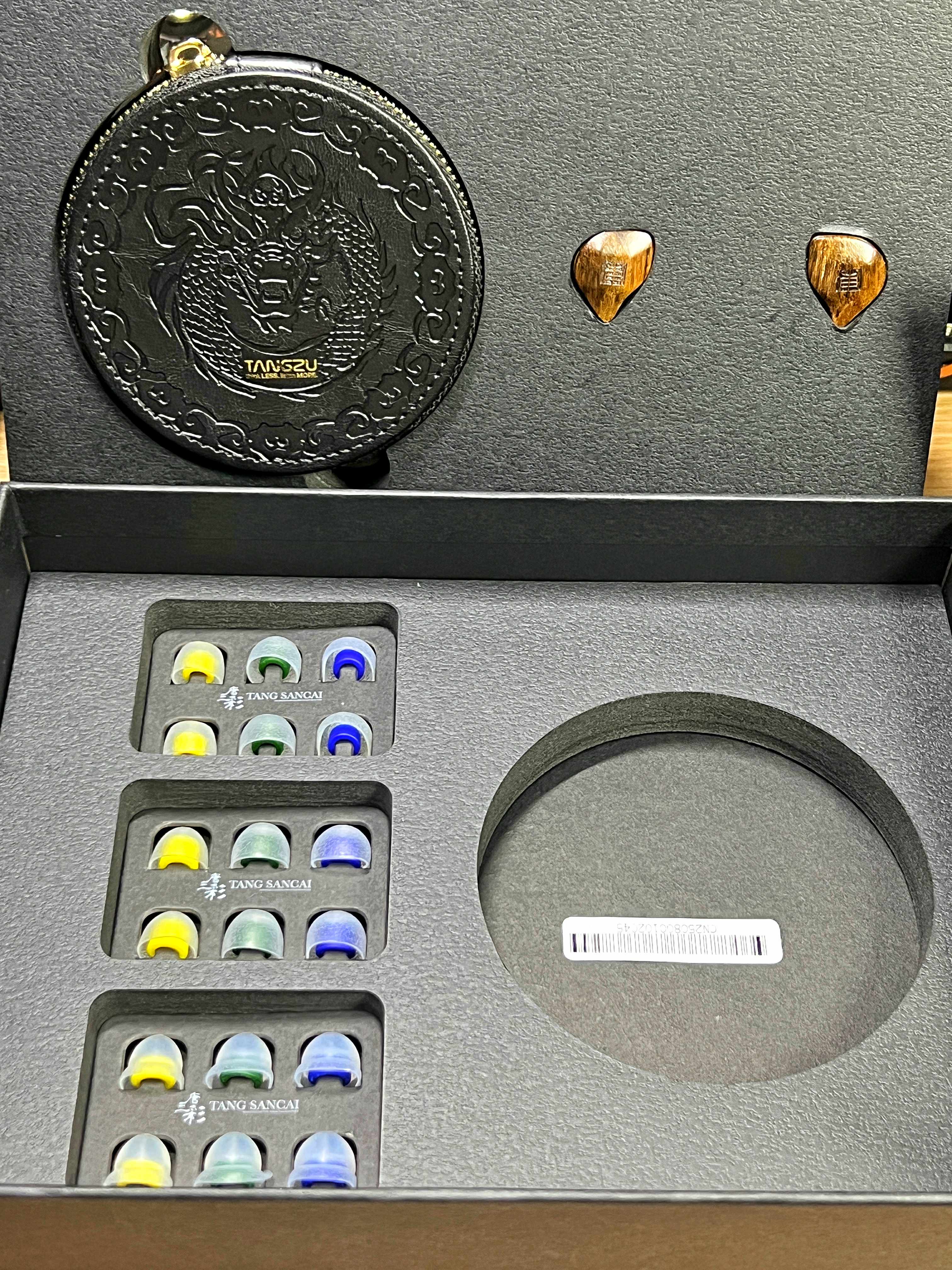
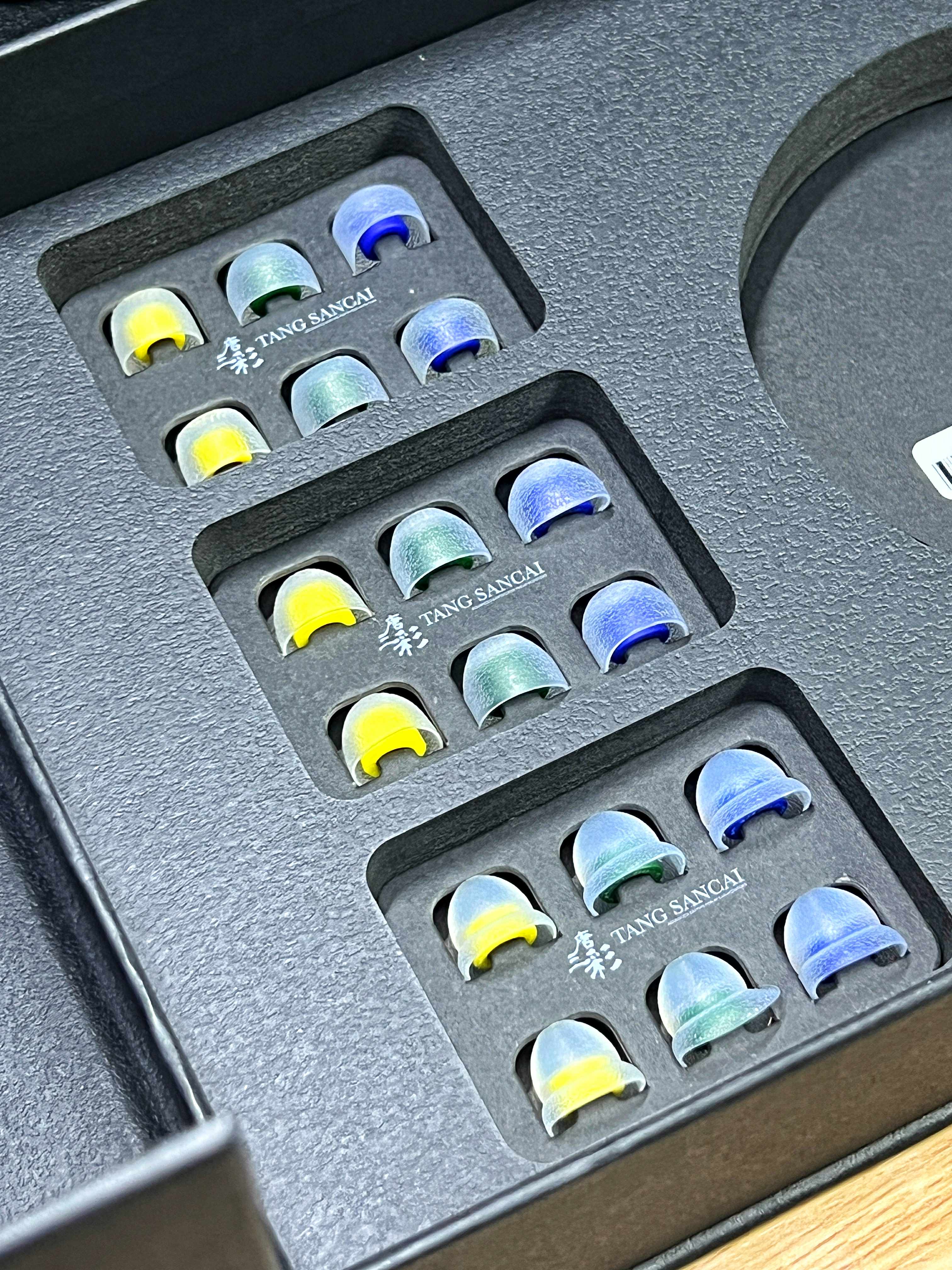
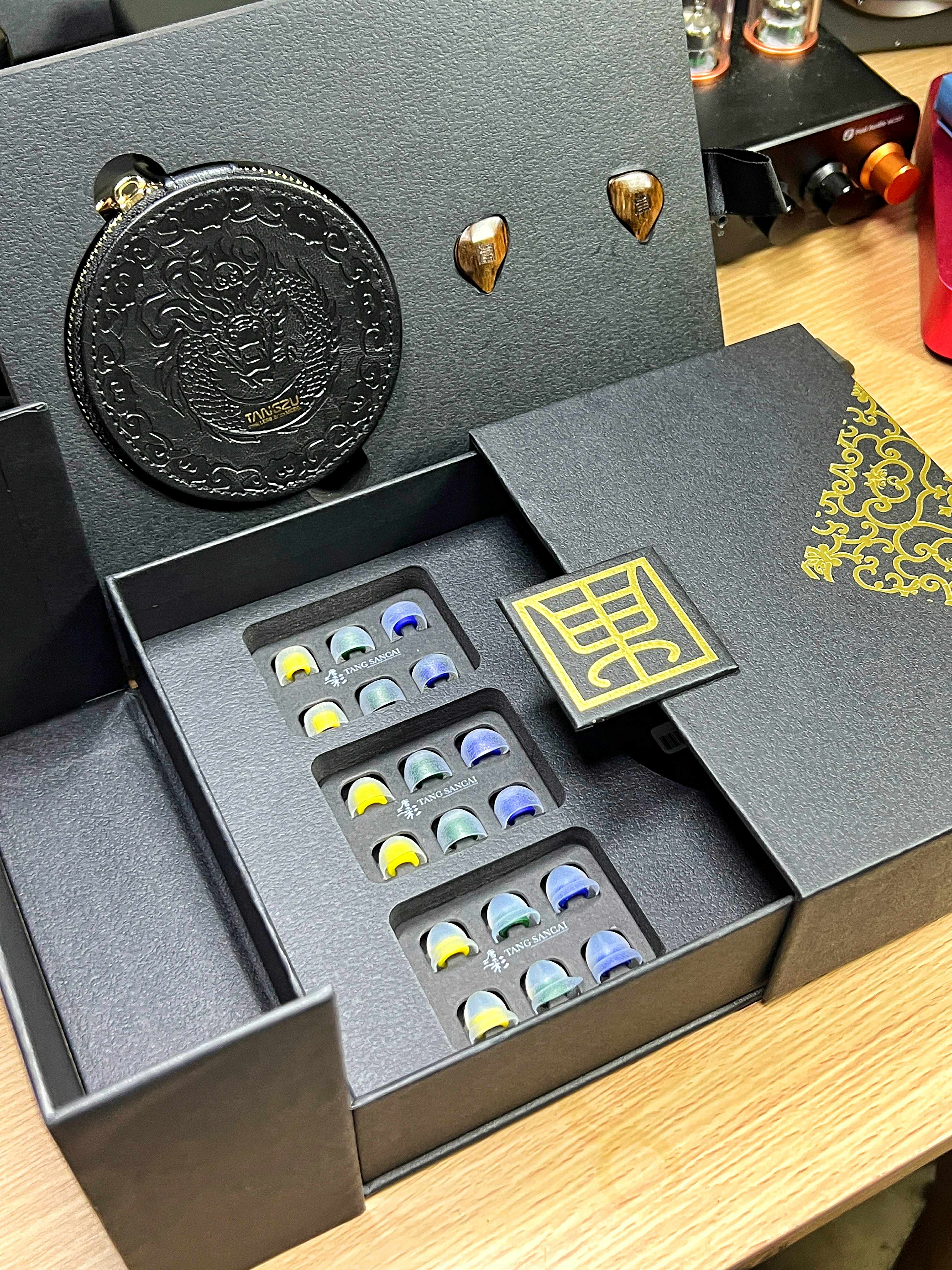
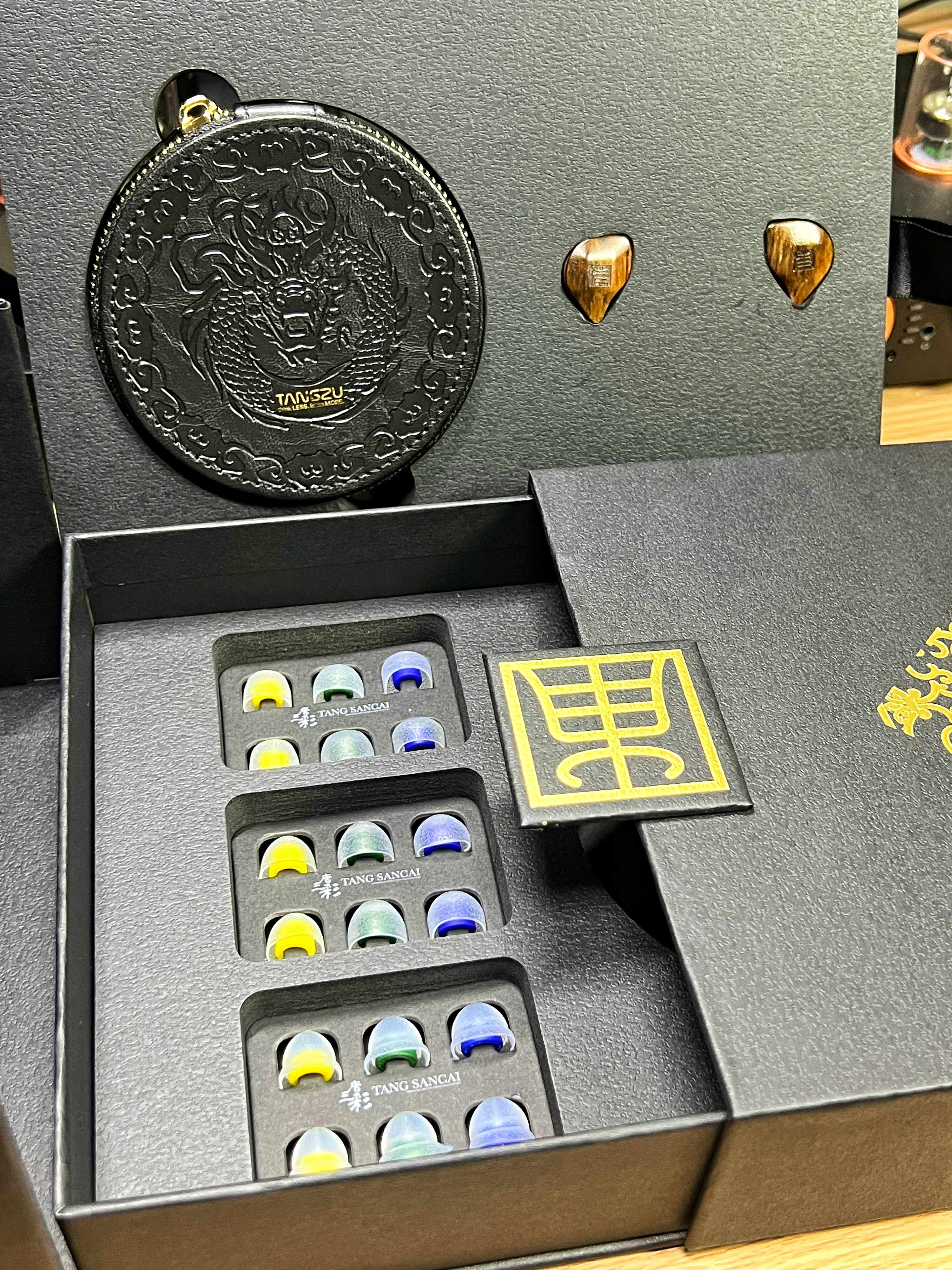
And then there’s the round leather case with a pressed dragon emblem it looks cool, feels premium, and definitely stands out compared to the usual generic pouches you get at this price. It’s clear Tangzu wanted the whole package to feel intentional, not just tossed together. Everything has its place in the box, neatly laid out instead of crammed in like an afterthought. Those little details really add up. The unboxing doesn’t just feel good for under $100 it feels like you’re getting treated to something more special. You don’t immediately think, “Okay, I need to replace half of this stuff.” Instead, you feel like you’re opening a complete, ready-to-go kit.
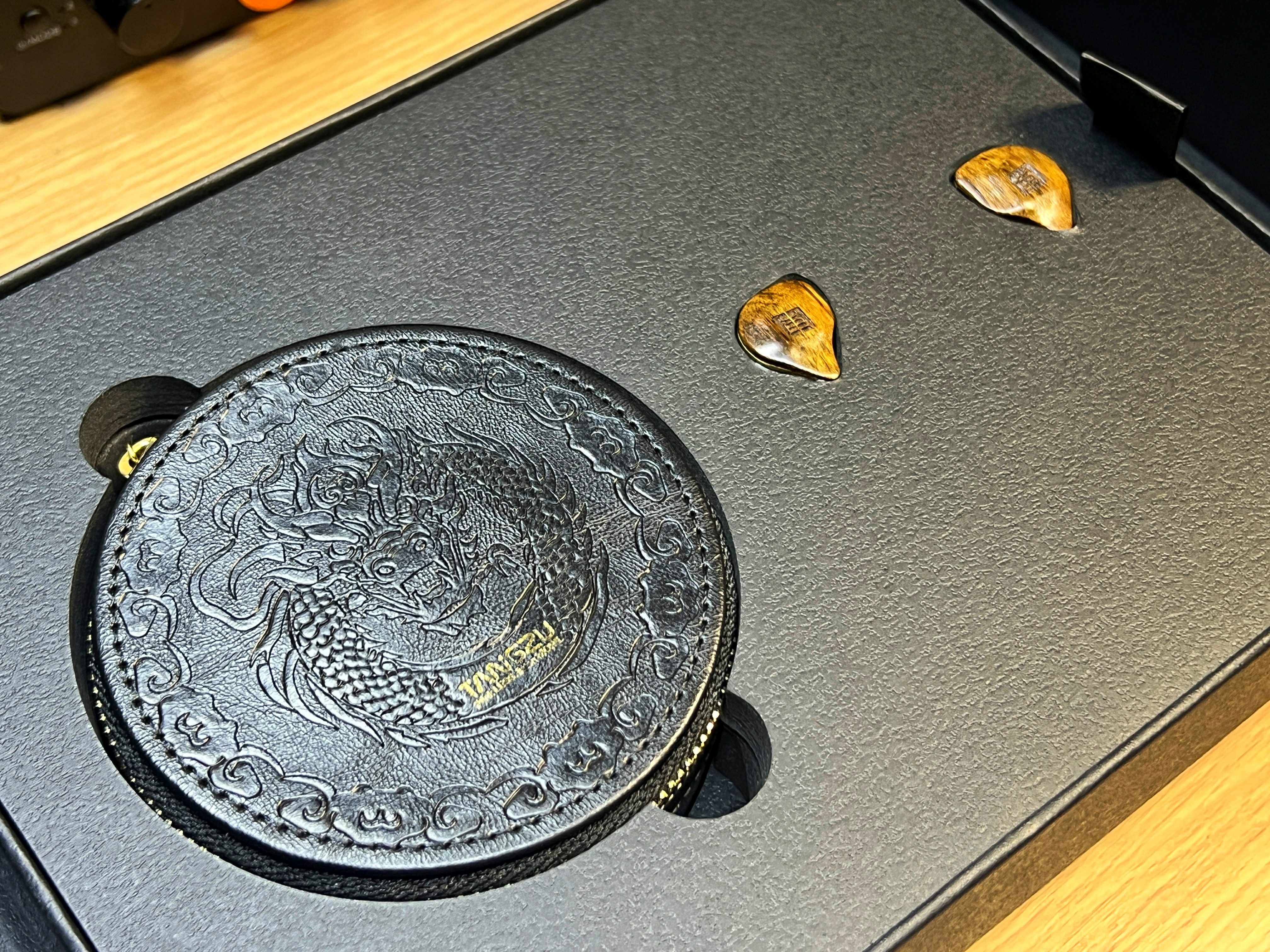
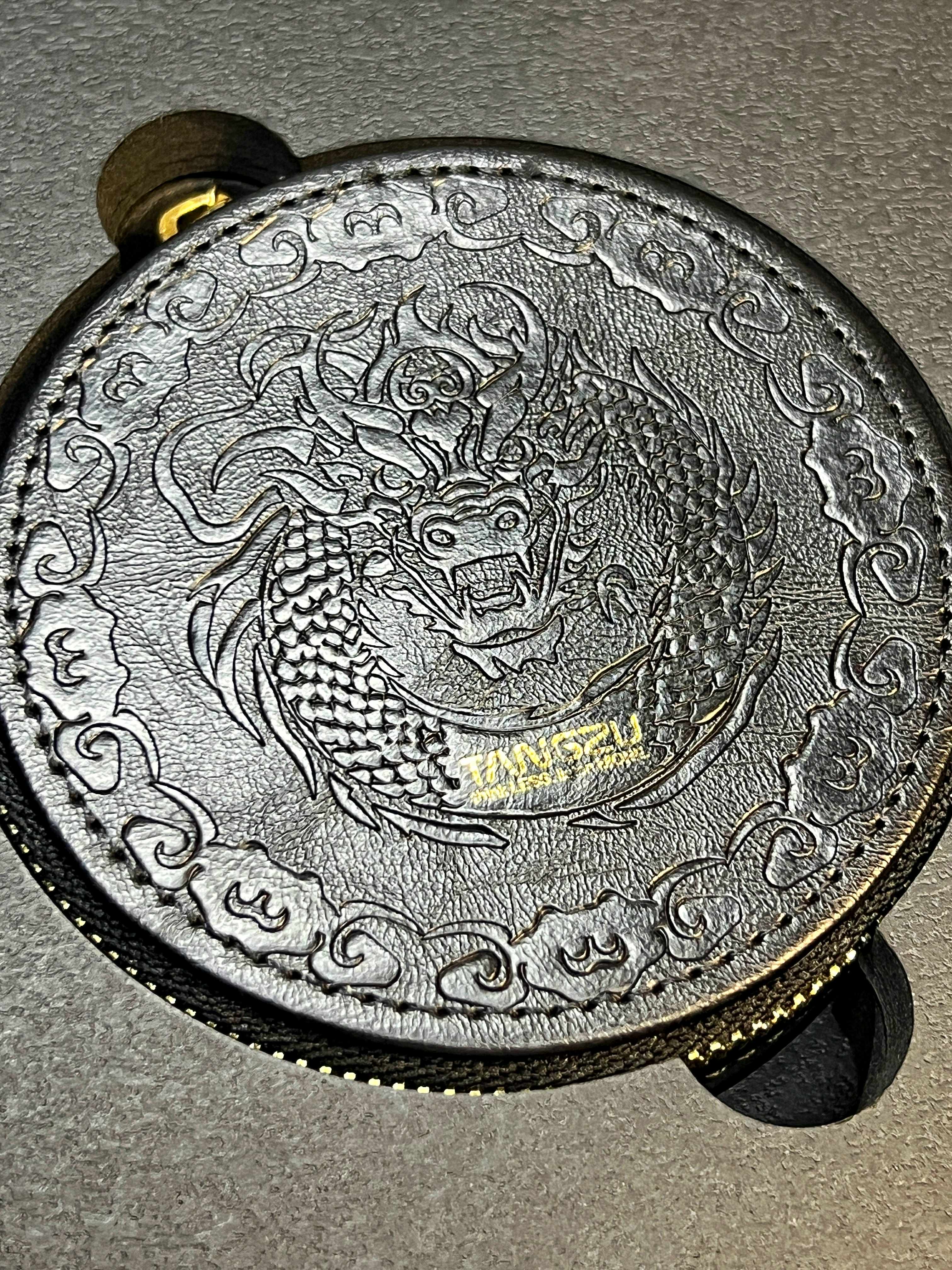
The cable that comes with the Fudu Verse 2 is actually pretty solid although its not modular but thats asking too much for this price range and the amount and quality of extras that is included, the cable is soft, flexible, and has a nice braid that doesn’t tangle into a bird’s nest the second you put it in your pocket. The hardware on it feels decent too no cheap plastic parts that look like they’ll snap after a few weeks. It’s one of those stock cables you can actually live with, not the usual “swap it out immediately” kind.
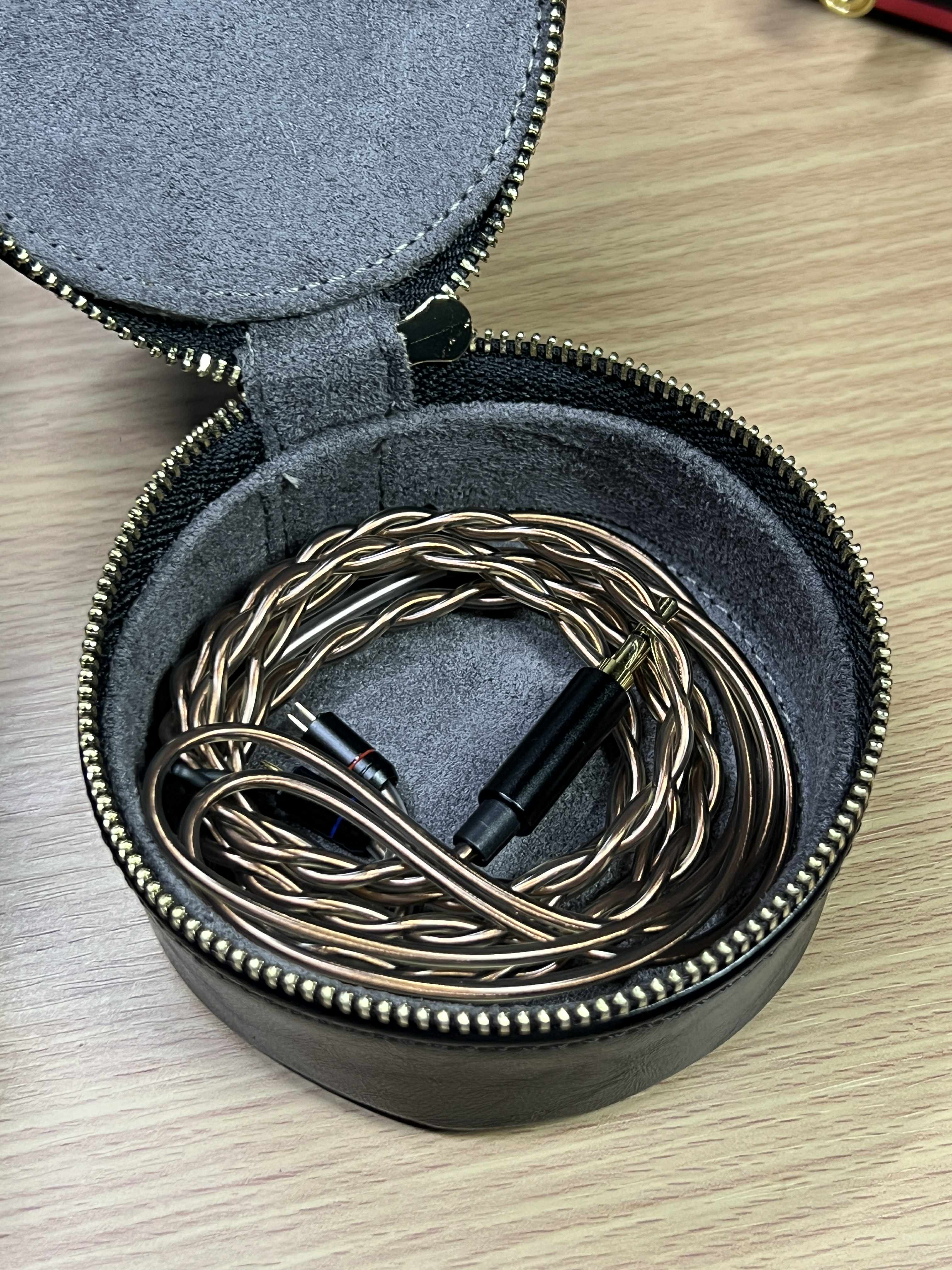
Beyond the packaging itself, the choice of materials sets the Verse 2 apart. Ebony wood shells paired with CNC-machined brass faceplates are not what you usually find at this price range. Most brands stick to resin or aluminum, maybe stainless steel if they’re pushing it. Wood and brass give this set a completely different personality. The wood isn’t overly polished or lacquered; it looks and feels organic, with the natural grain intact. The brass plates bring contrast and structure, adding a smooth, brushed finish that ties the look together. What’s even better is knowing these materials won’t just hold up but actually age with character. Wood deepens in tone, brass develops patina, and over time your Verse 2 won’t just look “used”—it’ll look like it has history.
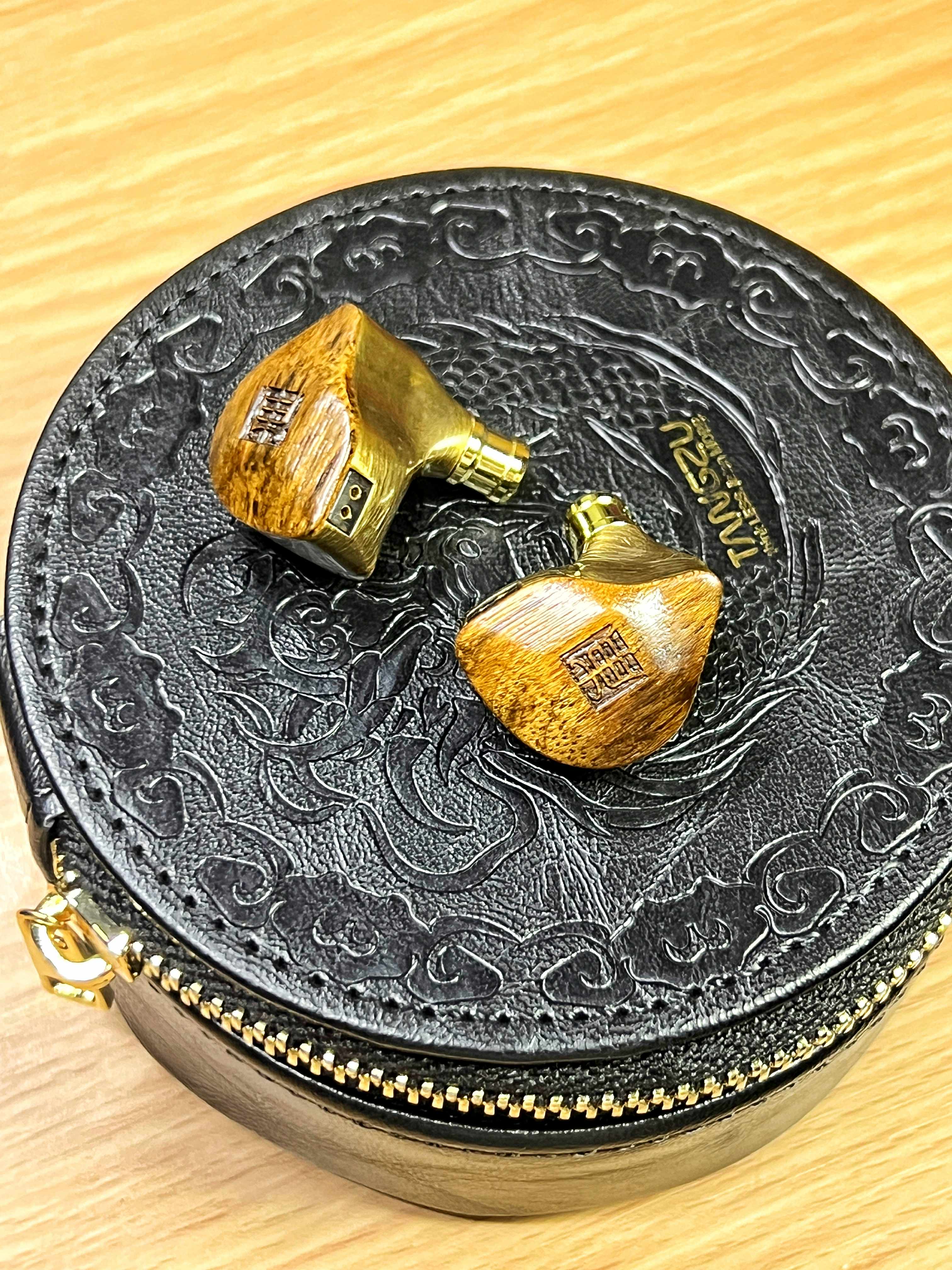
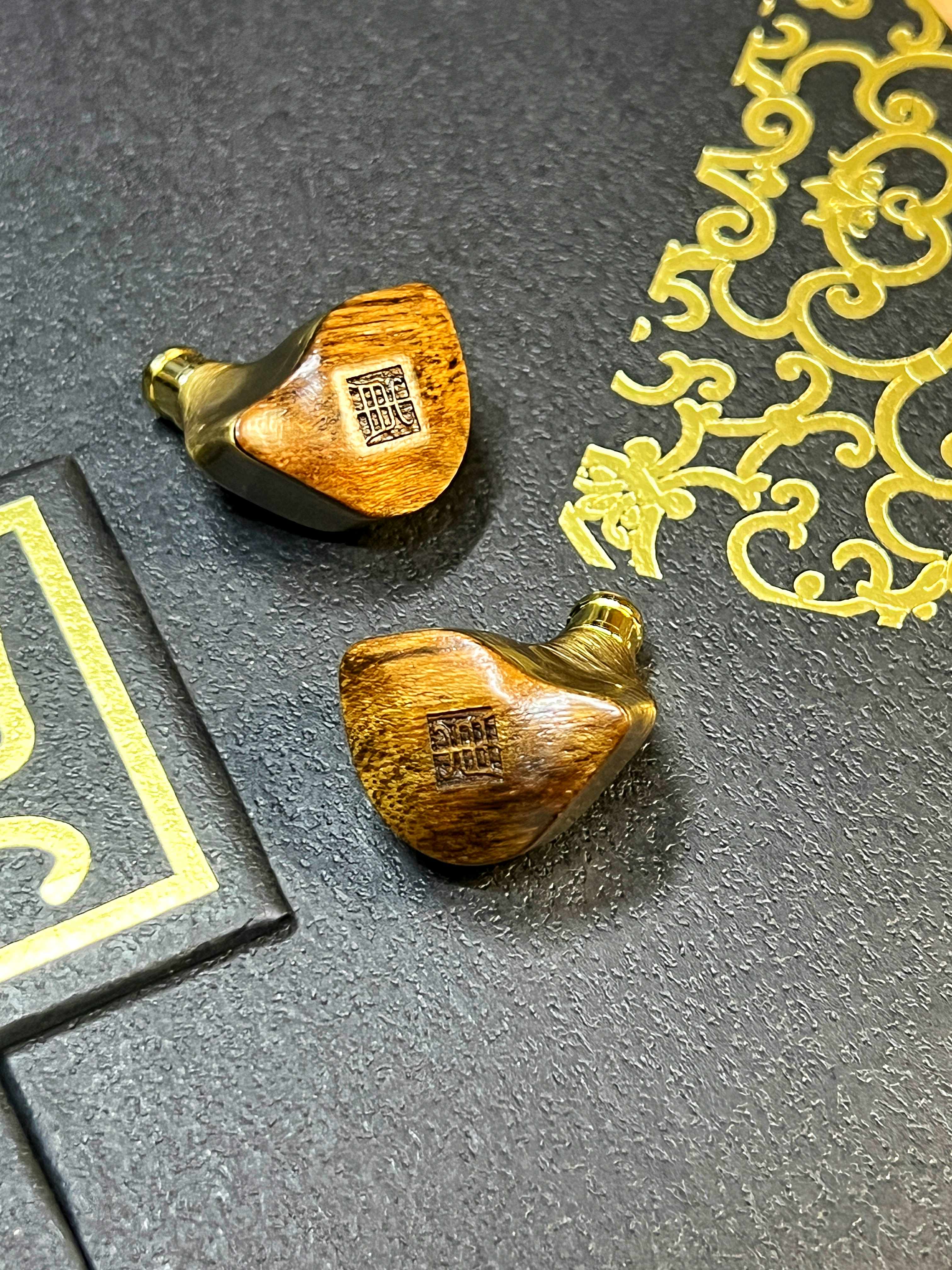
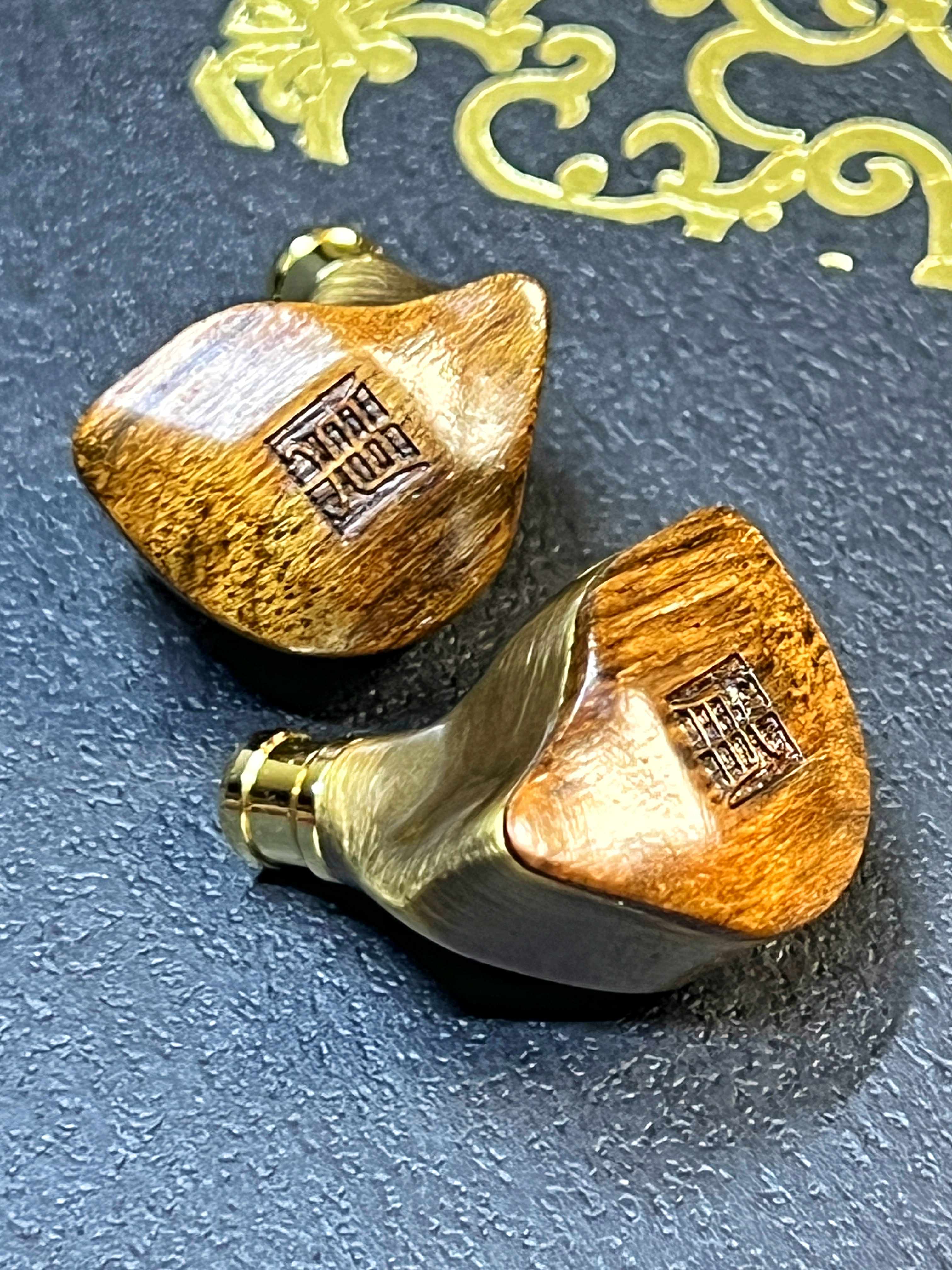
And then there’s the size of the shells. They’re not tiny like some resin sets, but they don’t feel bulky either. It’s a solid, grounded build, and the weight distribution is handled well enough that comfort isn’t sacrificed. Right out of the box, the presentation and build tell you this isn’t Tangzu trying to chase trends it’s them putting thought into what a sub-$100 IEM could feel like if you treat it with the same care as a higher-end model.
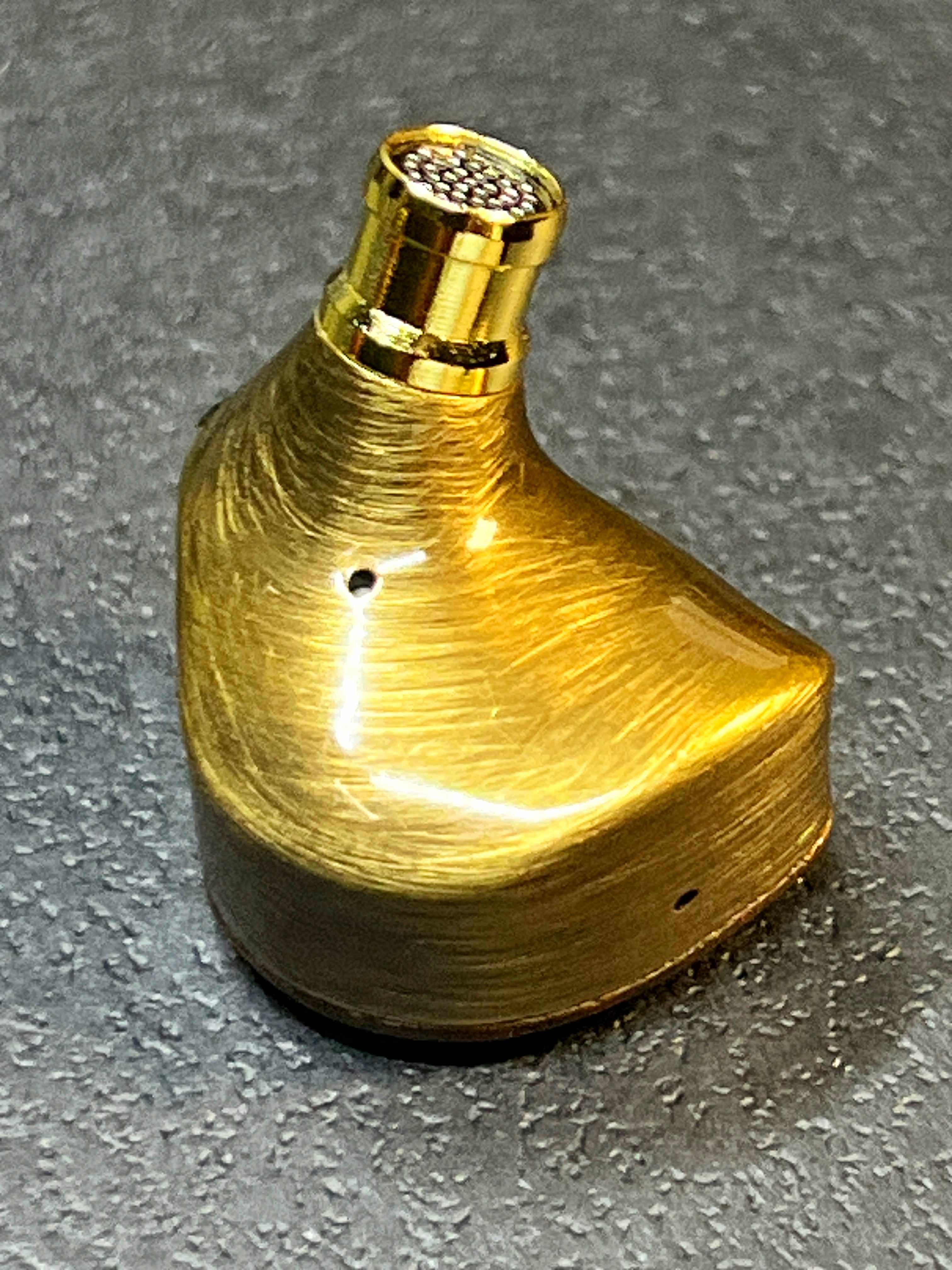
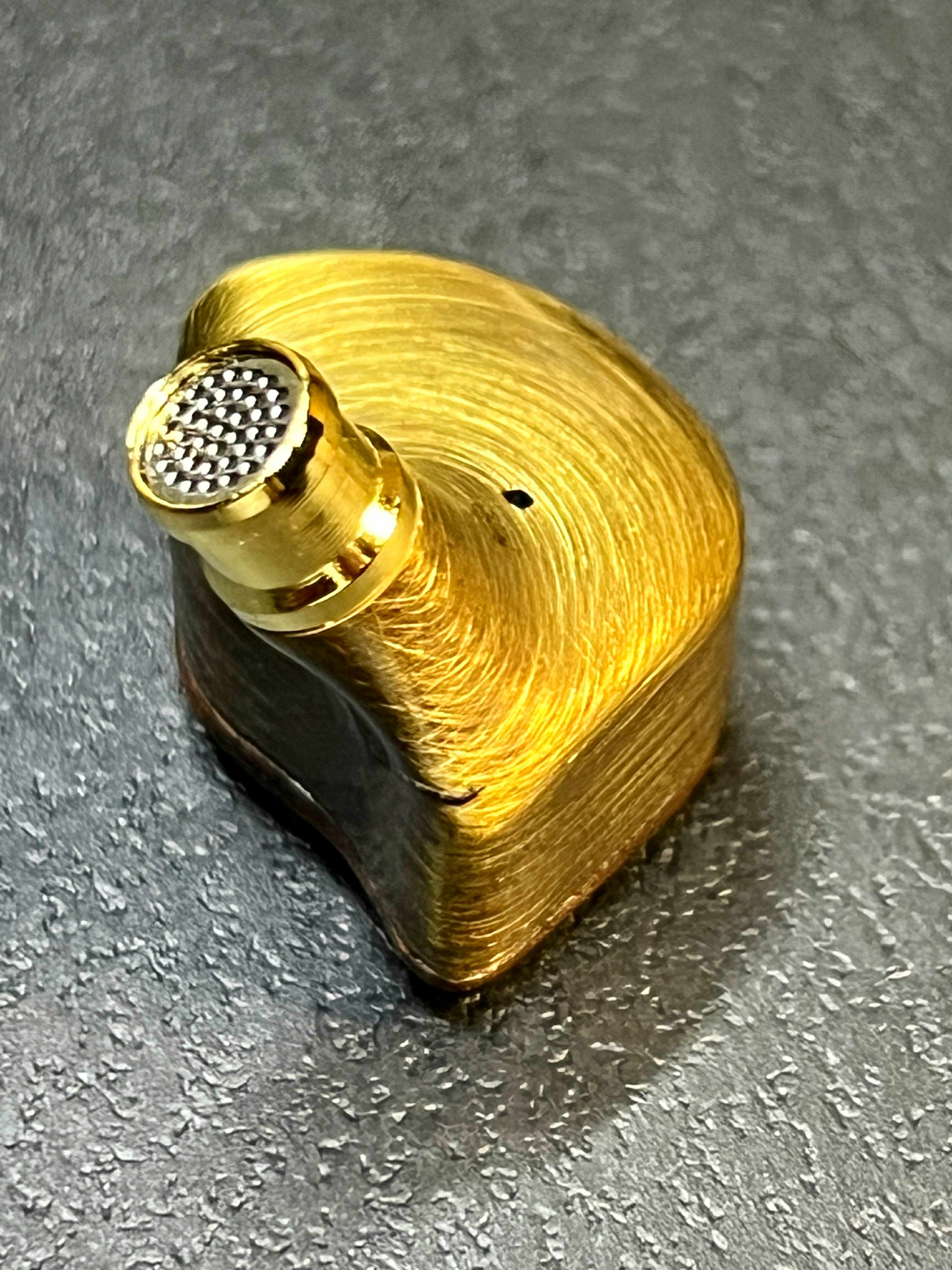
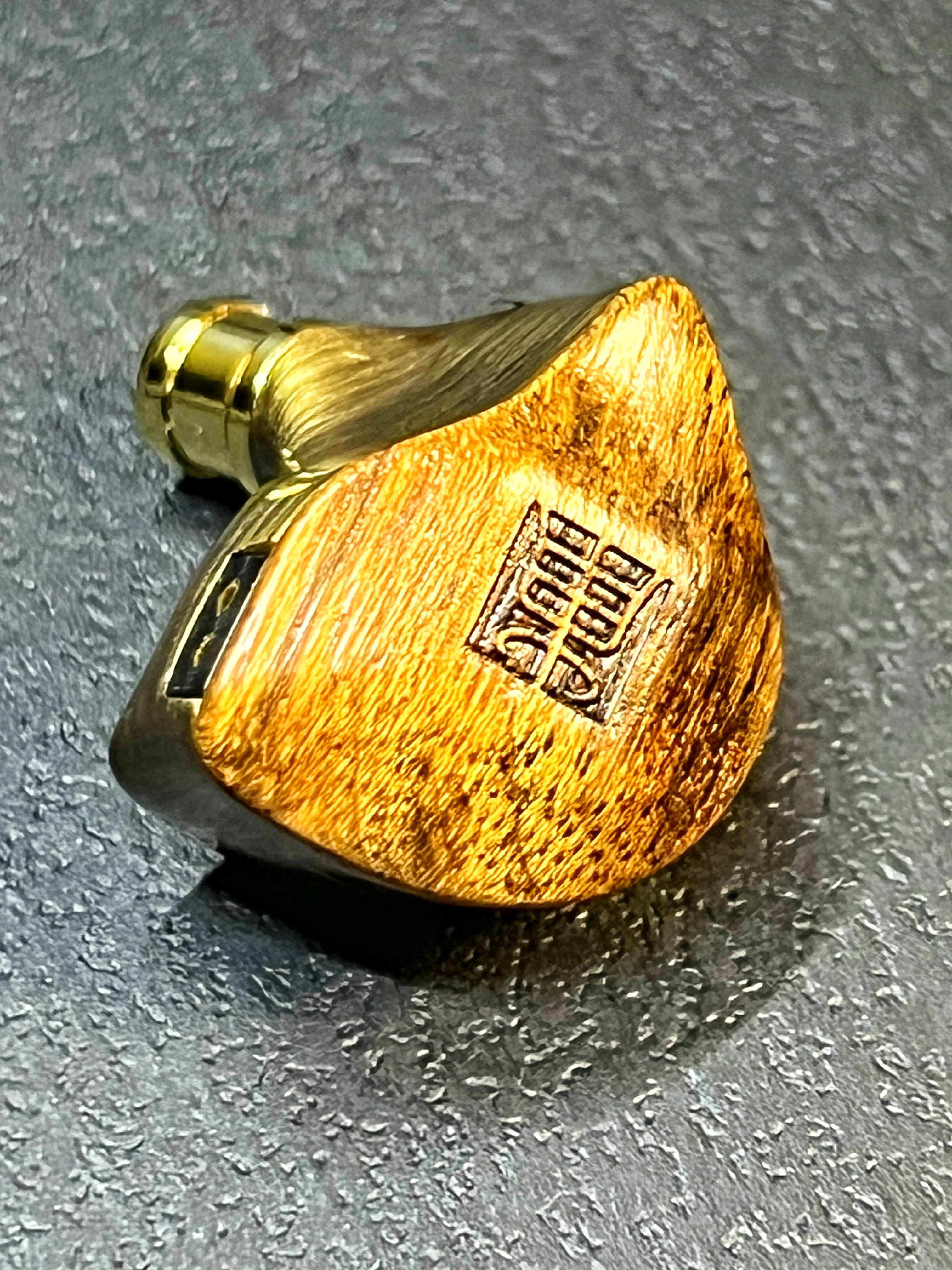
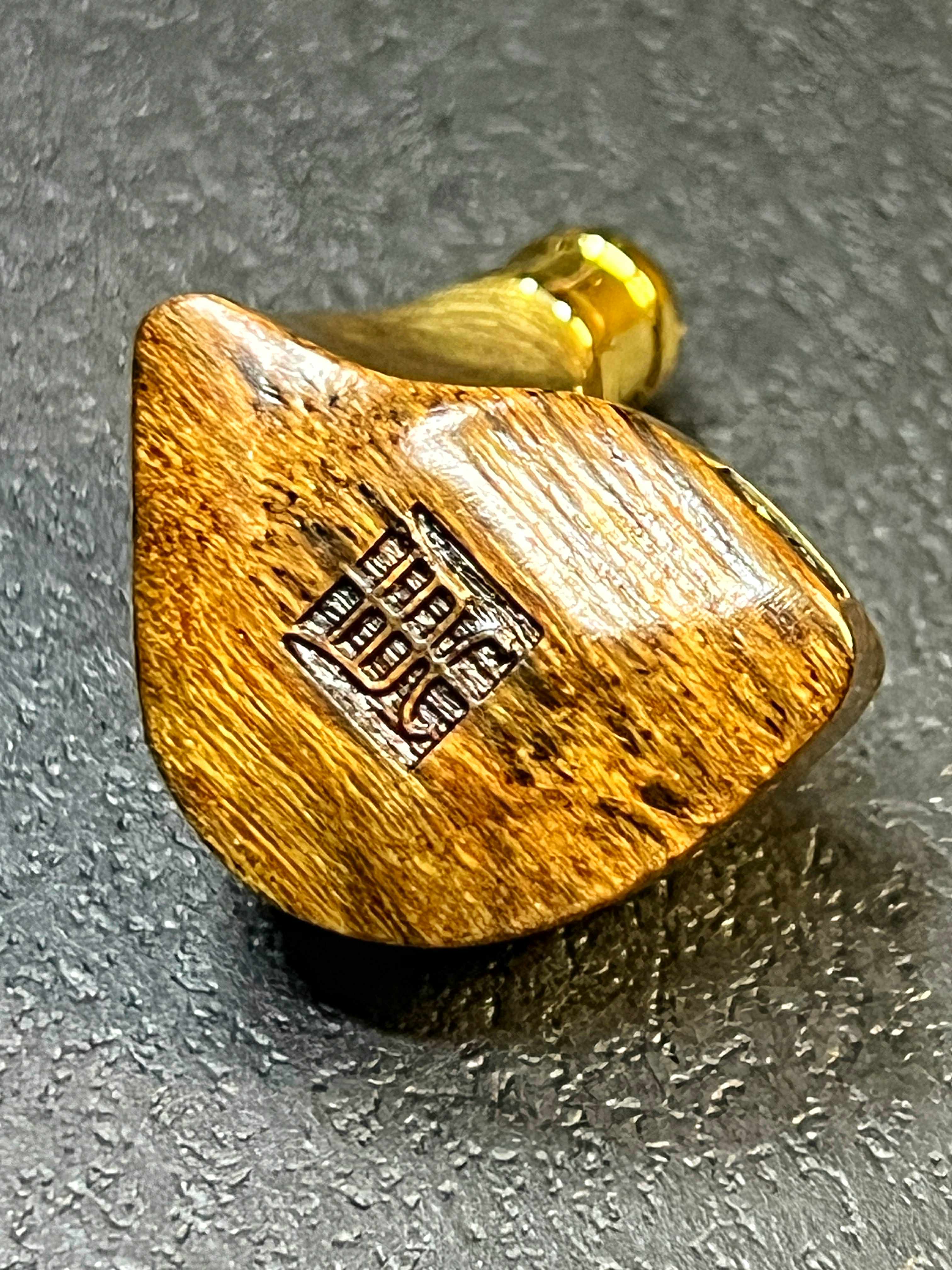
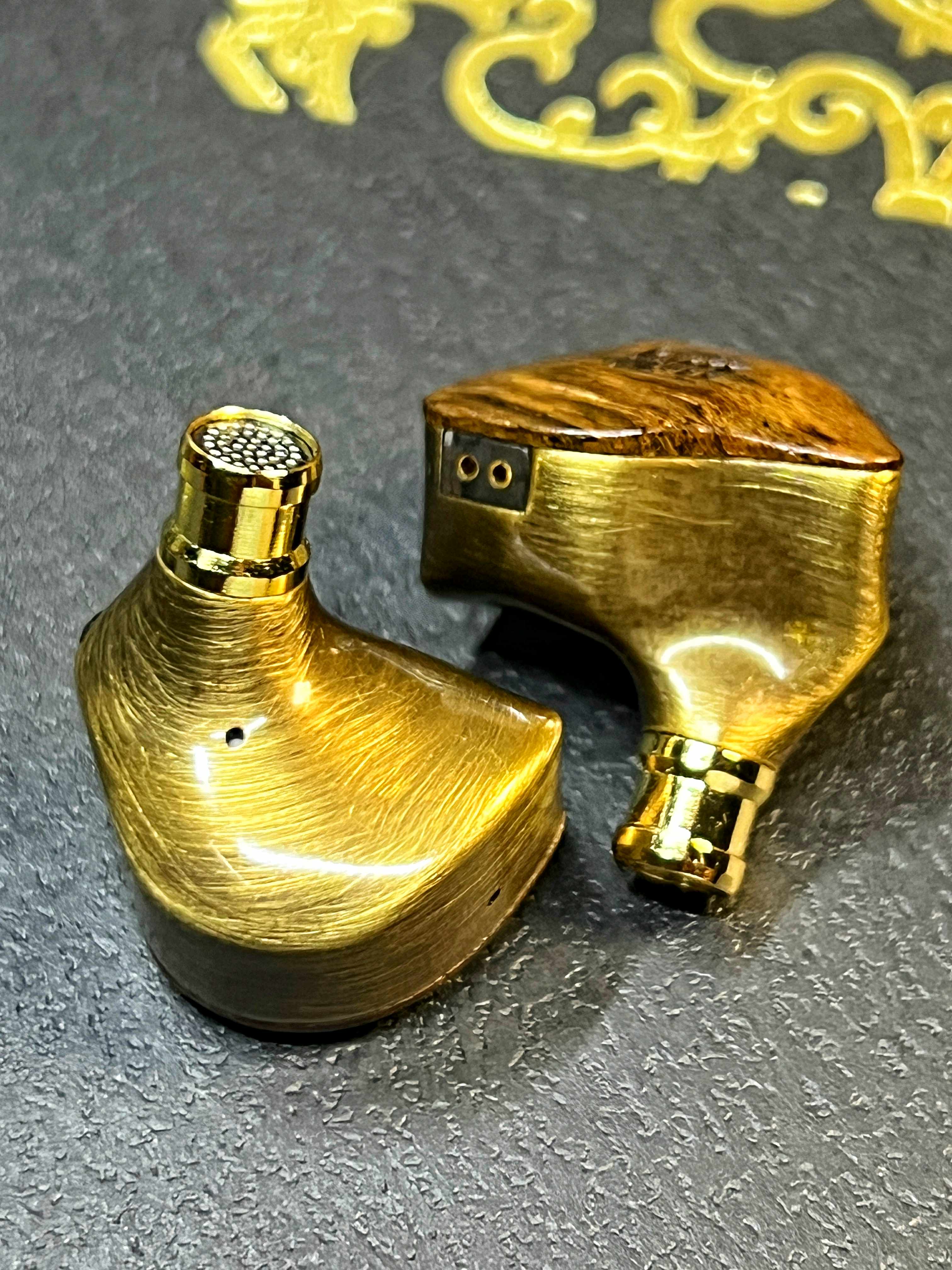
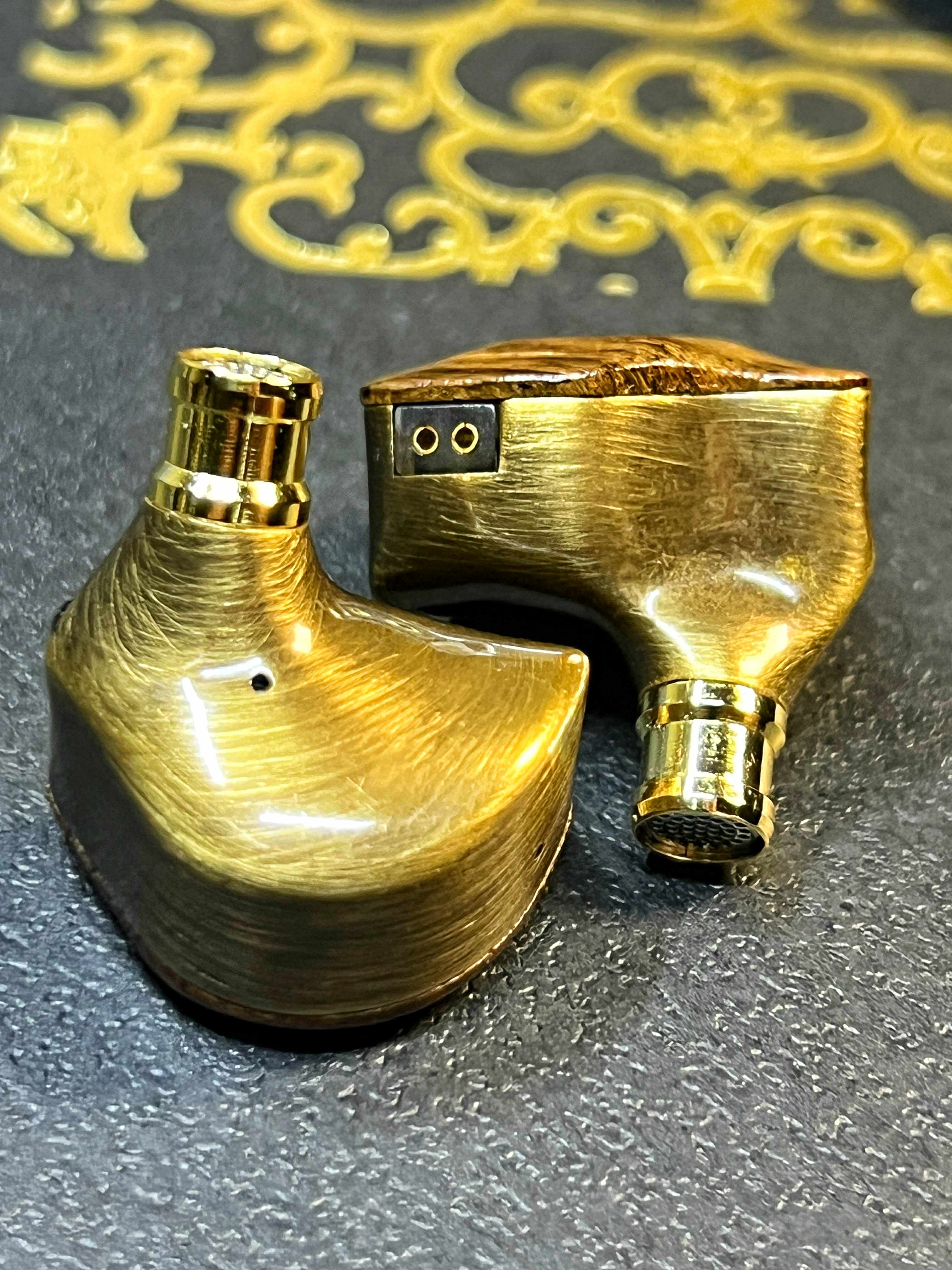
Under the Hood
The Tangzu Fudu Verse 2 is built around a hybrid driver setup: one dynamic driver paired with two custom balanced armatures. The dynamic driver is fitted with a titanium-coated diaphragm, which gives the bass its character—tight, textured, and with enough subbass reach to add weight without getting sluggish. Titanium tends to give dynamics a bit more snap and control compared to softer diaphragm materials, and you can hear that in how the Verse 2 keeps its low-end clean.
The two balanced armatures are dedicated: one tuned for the mids and the other for the treble. This split means the midrange gets its own breathing room, which explains why vocals come through so naturally and with plenty of detail. The treble BA handles the top end with finesse, keeping things crisp and smooth without introducing the graininess or harshness you sometimes get from budget BAs.
Holding it all together is Tangzu’s Q-IAO Lite crossover system. I do not know how to pronounce this hehe but it does its job well. The transitions between drivers feel smooth there aren’t any awkward gaps or sudden jumps in frequency that break immersion. With some cheaper hybrids, you can almost hear where one driver hands off to another, but here it feels unified, like the sound is coming from one coherent source.
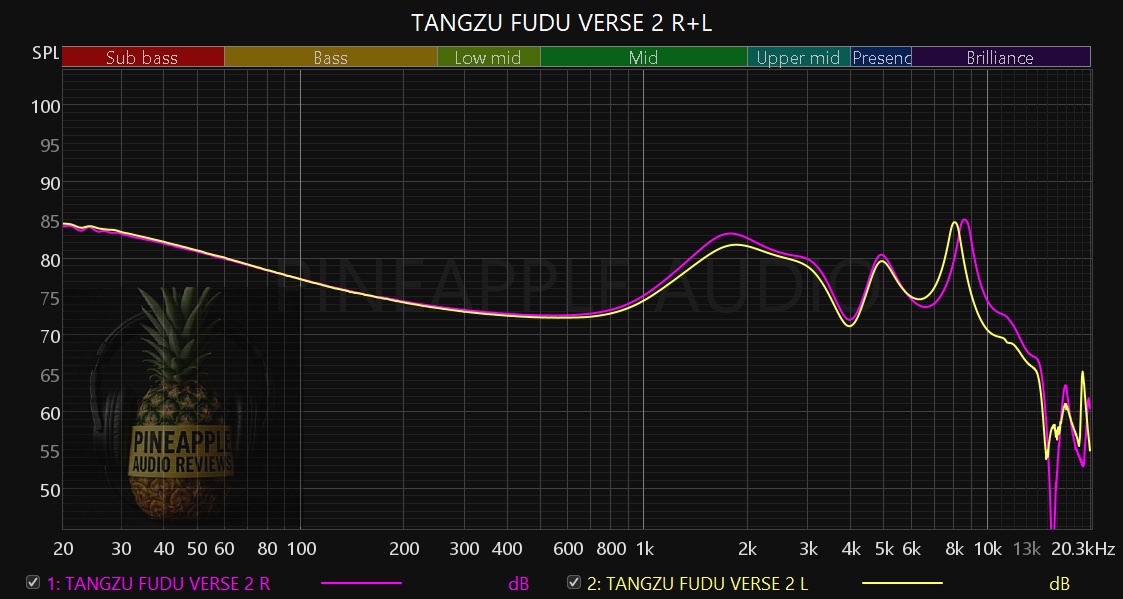
Sound Impression
I’m using the standard-bore Tang Sancai tips that came with the set, and I also gave the Fudu Verse 2 about 20 hours of burn-in. The difference was noticeable especially in the upper mids, which smoothed out and became less edgy after some playtime.
This is very much a vocal-focused set, and Tangzu doesn’t try to hide it. From the first listen, it’s obvious where the tuning priorities are. If you’re the type who lives for clean, expressive mids the kind of tuning that lets you really connect with singers you’ll feel right at home here.
Vocals sit in that sweet spot where they sound natural and intimate without being pushed too far forward or sounding shouty. Male voices have weight and warmth, while female vocals come through smooth and airy, never piercing. You get that “right in front of you” presentation, almost like a small studio performance, rather than a distant stage.
It’s not just vocals either acoustic instruments benefit from this approach too. Guitars have a believable body and string texture, pianos sound articulate without being thin, and violins carry a nice balance of warmth and clarity. Basically, anything midrange-heavy gets the spotlight.
Of course, that also means if you prefer a big V-shaped sound with tons of bass and sparkling highs, this isn’t going to scratch that itch. But for listeners who want a set that highlights the human voice and keeps instruments sounding natural and lifelike, the Verse 2 really nails it.
Bass:
The titanium dynamic driver gives the subbass some extension and rumble when it’s called for. There’s enough punch to carry electronic or hip-hop tracks, but it doesn’t overwhelm the mids. Midbass is tighter and more restrained, which keeps the presentation clean. It’s not a basshead’s IEM its not even a bass lovers IEM, but it does enough to keep things balanced and musical.
Midrange
This is where the Fudu Verse 2 really plants its flag. Vocals come through with an effortless, organic quality that feels intimate and engaging without ever becoming shouty or overbearing. The placement is just right—forward enough to draw your attention, but not so upfront that it overshadows the rest of the mix.
Male vocals carry a sense of body and richness thanks to the warmth in the lower mids. Baritones sound full without being chesty, and that natural weight makes spoken word and deeper singers feel grounded. Female vocals, on the other hand, benefit from the clarity in the upper mids. They sound smooth and airy, with just enough lift to give presence and sparkle, but without straying into harshness. That balance is tricky to pull off in this price range, but Tangzu clearly prioritized it here.
It’s not just about the vocals, though. The midrange also gives acoustic instruments plenty of room to breathe. Guitars have realistic string texture and resonance, pianos carry both weight and attack, and violins or cellos have that mix of warmth and bite that makes them believable rather than plasticky. Even brass instruments hold their tone well without sounding blaring. This is the type of tuning that lets instruments feel like they’re being played in front of you instead of just reproduced by drivers.
The overall presentation of the mids has a very musical quality it’s not about dissecting tracks or forcing detail into your ears. It’s about letting you relax into the performance. This is the kind of midrange that makes you dig into vocal-heavy albums or even revisit older recordings, because it highlights the emotion in a performance without turning it into an analytical exercise.
Treble
Smooth, controlled, and well-judged. Tangzu clearly tuned this with long listening sessions in mind, and it shows. There’s sparkle in the highs, but it’s delivered tastefully enough to bring life and clarity to the music without pushing into piercing territory. You don’t get those sharp peaks that can make cymbals sound splashy or vocals overly sibilant, which means you can listen for hours without feeling worn out.
What stands out here is balance. The treble isn’t rolled off to the point of sounding dull, but it also doesn’t exaggerate detail for the sake of sounding “impressive.” There’s a nice sense of control and speed hi-hats and cymbal crashes have a crisp attack followed by a natural decay, instead of lingering unnaturally. Microdetails, like the shimmer of strings or the breath behind a vocal, come through cleanly. It’s not hyper-analytical treble, but it does enough to add air and dimension to the overall sound.
Extension into the upper treble is decent, though not as airy or expansive as some brighter sets. This keeps the presentation a little more intimate rather than wide-open, but the trade-off is that the Verse 2 avoids harshness and fatigue entirely. It’s a safe but smart approach, especially in this price range where treble can easily become the downfall of an otherwise good tuning.
the treble here works as the glue it gives the set just enough sparkle and detail to complement the rich midrange without stealing the spotlight or becoming a distraction.
Technicalities:
Sounstage, it keeps things a bit more intimate—like you’re sitting in a cozy venue a few rows from the stage. That intimacy gives vocals and instruments a closer, more personal feel, and while it’s not “grand,” it avoids ever sounding cramped.
Imaging is actually pretty solid for something in this range. Instruments and voices are placed where you’d expect them, with a clean left-to-right spread that makes it easy to follow a mix without anything blurring together. Layering is handled nicely too—backing vocals, reverb trails, or secondary instruments sit in their own space rather than being mashed into the foreground.
Resolution is better than you might expect for the price. The mids are where the detail work really shines, vocal textures, the grit of a guitar string, or the resonance of a piano note all come through with clarity. The treble doesn’t reach into “microscope mode,” but it avoids being dull or veiled; you still catch the shimmer of cymbals and the finer details that keep a track lively.
Dynamics are also a pleasant surprise. The Verse 2 carries enough punch to keep drums and bass lines energetic without sounding overblown. Quiet-to-loud transitions feel natural, and it doesn’t flatten out or get compressed when the music picks up. It’s not the most explosive set out there, but it has just the right amount of life to keep things engaging over long sessions.
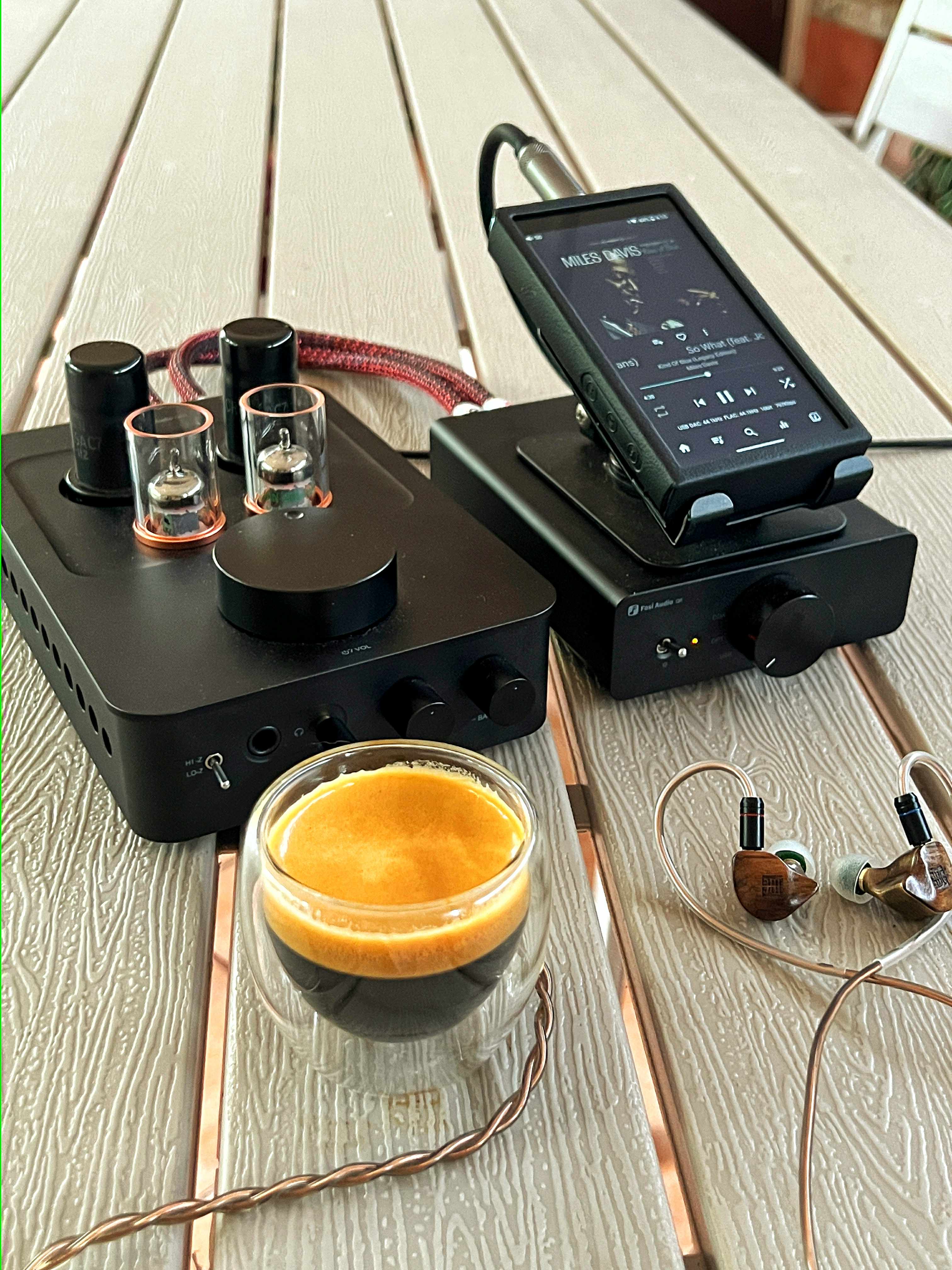
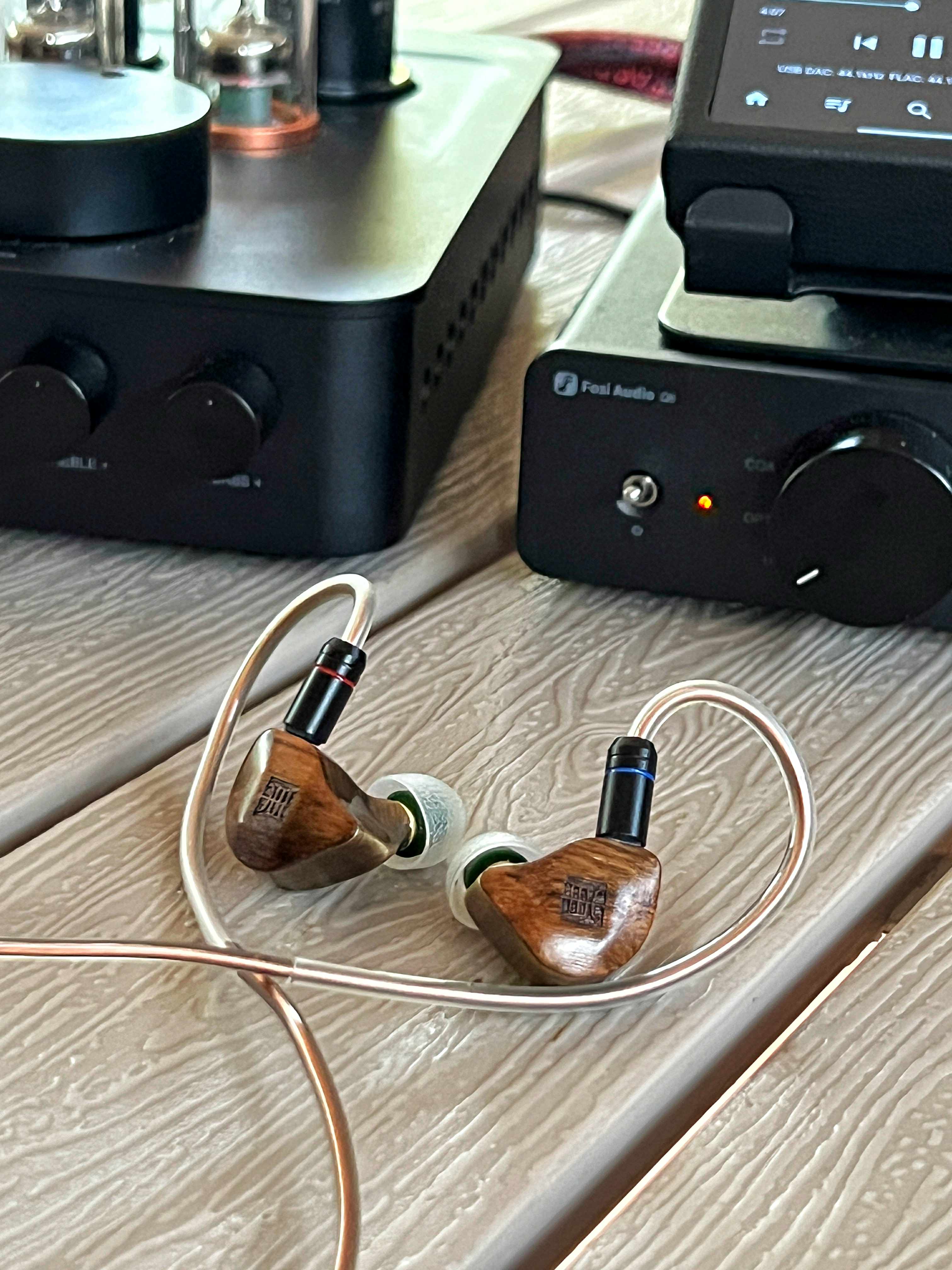
Final Thoughts
The Tangzu Fudu Verse 2 isn’t trying to cover every base at once it’s not going for massive bass, ultra-bright treble, or a “fun” all-rounder kind of sound. Instead, it’s focused, deliberate, and tuned with a clear purpose: to put vocals front and center. And it does that unapologetically.
The mids are the star of the show here rich, inviting, and textured in a way that makes voices feel natural and expressive. It’s the kind of tuning that draws you into the emotion of the singer rather than distracting you with too much low-end thump or sparkling highs. The bass plays a supporting role, kept disciplined and tight. There’s still some extension and rumble when the track calls for it, but it never overshadows the midrange. Treble follows suit smooth, controlled, and detailed enough to keep things from sounding dull, but never sharp or fatiguing.
I’ll be honest, I don’t usually chase vocal-centric tunings. They’re not always my go-to. But the Fudu Verse 2 caught me off guard. It made me slow down, pay attention, and really listen to the singers. It reminded me how powerful a well-done midrange can be when everything else is tuned to support it. It’s not trying to impress with fireworks it just delivers music in a way that feels personal, and that’s what makes it special.
Link: https://www.linsoul.com/products/ta...8enbN1yQv9BgwBh4OsfvCBPTuNZjRuiYzLipTTWXw_yRE
- Get link
- X
- Other Apps
- Get link
- X
- Other Apps
Comments
Post a Comment